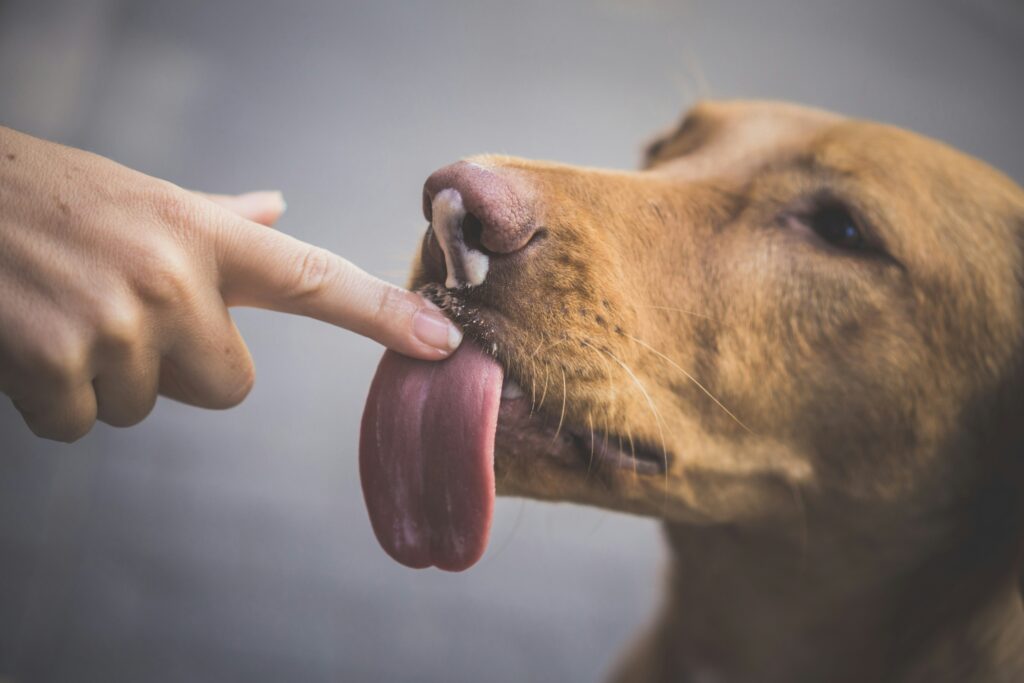Understanding Your Rescue Pet
Understanding a rescue pet’s background is crucial. Many rescue pets have experienced trauma or neglect, which shapes their behavior. Recognizing these past experiences helps in tailoring effective training methods.
Identify triggers that may cause stress or fear in your pet. Common examples include loud noises, sudden movements, and unfamiliar people. Observing your pet’s reactions to different stimuli provides insights into their specific triggers.
Acknowledge that building trust takes time. Trust is not immediate, especially for pets with difficult pasts. Consistent positive interactions, such as gentle petting and calm communication, foster trust over time.
Note your pet’s body language. Understanding body language cues aids in interpreting their emotional state. Signs like tucked tails, flattened ears, or avoiding eye contact indicate discomfort or fear.
Finally, prioritize creating a safe environment. Providing a secure space, such as a cozy corner or a designated bed, helps your pet feel safe. Safe environments encourage relaxation and reduce anxiety.
Understanding your rescue pet involves recognizing their past, identifying triggers, building trust, noting body language, and creating a safe space. This approach forms the foundation for successful training and a strong bond.
Common Behavioral Challenges

Rescue pets often display various behavioral challenges due to their past experiences. Addressing these issues requires targeted strategies.
Fear and Anxiety
Fear and anxiety in rescue pets can manifest in various ways like hiding, trembling, or excessive barking. These reactions stem from previous trauma or constant change. Gradual exposure to new environments and stimuli helps reduce anxiety. Using calming aids such as pheromone diffusers can create a soothing atmosphere. It’s essential to identify triggers to avoid unnecessary stress.
Aggression
Aggression can be a significant hurdle in training rescue pets. This behavior can include growling, biting, or snarling. Understanding the root cause, whether fear, territorial instincts, or pain, is crucial. Positive reinforcement techniques, like rewarding calm behavior, help mitigate aggressive tendencies. Consulting a professional behaviorist might be necessary for severe cases.
Housebreaking Issues
Housebreaking issues in rescue pets include urinating or defecating indoors. Previous environments may have lacked proper training or opportunities for outdoor elimination. Establishing a consistent routine and rewarding outdoor elimination fosters good habits. Patience and clean-up products that eliminate scent are vital for addressing accidents.
Establishing Trust
Building trust with a rescue pet is crucial. It provides a foundation for effective training and a lasting bond.
Creating a Safe Space
Providing a secure environment helps rescue pets feel comfortable. Designate a quiet area in the home where the pet can retreat, using bedding, toys, and familiar items. Ensure the space is free of stressors like loud noises, young children, or other pets. This dedicated area allows the pet to relax and decompress, which is essential for trust-building.
Positive Reinforcement
Using positive reinforcement encourages desired behaviors. Reward the pet with treats, praise, or play for actions like sitting, coming when called, or using the litter box. Ignore unwanted behaviors to avoid reinforcing them. Consistently applying rewards for good behavior helps reinforce trust and promotes a positive association with training sessions.
Basic Training Techniques
Training a rescue pet involves patience and consistency. Establishing fundamental behaviors and building trust are primary goals.
Obedience Training
Teaching basic commands like “sit,” “stay,” and “come” helps establish control and communication. Start training sessions in a calm environment with minimal distractions. Use high-value treats, like small pieces of chicken or cheese, as rewards. Begin with short sessions, 5-10 minutes, to prevent stress. Gradually increase the duration as the pet becomes more comfortable.
Positive reinforcement is key. Reward desirable behaviors immediately, using a clicker or verbal cue. Avoid punishment, as it can exacerbate fear and anxiety. Instead, redirect unwanted behaviors by guiding the pet to perform a desired action. For example, if the pet jumps on furniture, gently lead it to its bed and reward it for staying there.
Consistency in commands and rewards helps the pet understand expectations. Ensure all family members use the same commands and rewards.
Socialization
Introducing the pet to various environments, people, and animals improves confidence and reduces anxiety. Begin with controlled exposures. For example, invite a calm friend over to meet the pet. Gradually increase the complexity of social interactions.
Monitor the pet’s body language for signs of stress, like cowering or growling. Remove the pet from the situation if it becomes overwhelmed. Build positive experiences by associating new encounters with rewards.
Regular socialization sessions, about 15-20 minutes, help the pet adapt to different settings. Exposing the pet to various sounds like vacuum cleaners, doorbells, and car engines is also beneficial. Use treats and praise to create positive associations with these sounds. As the pet’s confidence grows, gradually introduce more stimulating environments, like parks or pet-friendly stores.
Advanced Training Strategies
Advanced training strategies help address complex behavioral challenges in rescue pets. These methods build on basic training and aim to shape positive behaviors through structured techniques.
Desensitization Techniques
Desensitization gradually reduces a pet’s sensitivity to specific triggers. I start by exposing my pet to a trigger at a low intensity. For example, if a dog fears loud noises, I’ll play a recording at a low volume. Over time, I increase the volume, ensuring my pet stays calm. It’s essential to proceed slowly and only raise the intensity when the pet remains relaxed. Short, frequent sessions work best to keep stress levels low.
Counter-Conditioning
Counter-conditioning changes a pet’s emotional response to a trigger from negative to positive. I pair the disliked stimulus with something my pet loves, like treats or playtime. For instance, if a cat is scared of strangers, I’ll offer treats whenever someone new enters the room. The goal is for the pet to associate the once-feared situation with positive outcomes. Consistency and patience are crucial in achieving lasting changes.
When to Seek Professional Help
Some behavioral challenges might need professional intervention. If a rescue pet exhibits aggression, self-harm, or extreme anxiety, consulting a professional is advised. These complex issues often stem from deep-rooted trauma.
Signs of Severe Behavioral Issues
- Aggression: Unprovoked biting or attacking, especially towards familiar people or pets.
- Self-harm: Excessive chewing, licking, or biting themselves, leading to injury.
- Extreme anxiety: Persistent fear responses, such as trembling, hiding, or excessive barking.
Types of Professionals
- Veterinarians: Rule out medical conditions contributing to behavior.
- Behaviorists: Specialized in diagnosing and treating severe behavioral issues.
- Trainers: Help reinforce positive behaviors through structured programs.
Situational Examples
- Aggressive Behavior: When a dog consistently growls or bites without provocation.
- Self-mutilation: When a cat repeatedly over-grooms to the point of developing bald spots or sores.
- Severe Anxiety: A dog exhibiting signs of panic when left alone, such as destructive chewing.
Steps to Take
- Initial Consultation: Start with a vet visit to rule out health issues.
- Behavioral Assessment: Engage a certified behaviorist for a detailed analysis.
- Structured Training: Plan a training regimen with a professional trainer to address specific behaviors.
- Improved Behavior: Proper intervention often leads to marked improvements in behavior.
- Reduced Anxiety: Pets become calmer and more adjusted.
- Peace of Mind: Owners feel more confident in handling their pets.
Early intervention is key for severe issues in rescue pets. Acting quickly improves both the pet’s well-being and the owner’s quality of life.


 Lead Pet Behavior Specialist
Brian Camacho is an expert in pet behavior and training at Pet Paw Shack. With a deep understanding of animal psychology, he specializes in helping pets and their owners build strong, healthy relationships through positive reinforcement techniques. Brian’s innovative approach to training focuses on making behavior modification a fun and rewarding experience for both pets and their families.
Lead Pet Behavior Specialist
Brian Camacho is an expert in pet behavior and training at Pet Paw Shack. With a deep understanding of animal psychology, he specializes in helping pets and their owners build strong, healthy relationships through positive reinforcement techniques. Brian’s innovative approach to training focuses on making behavior modification a fun and rewarding experience for both pets and their families.
